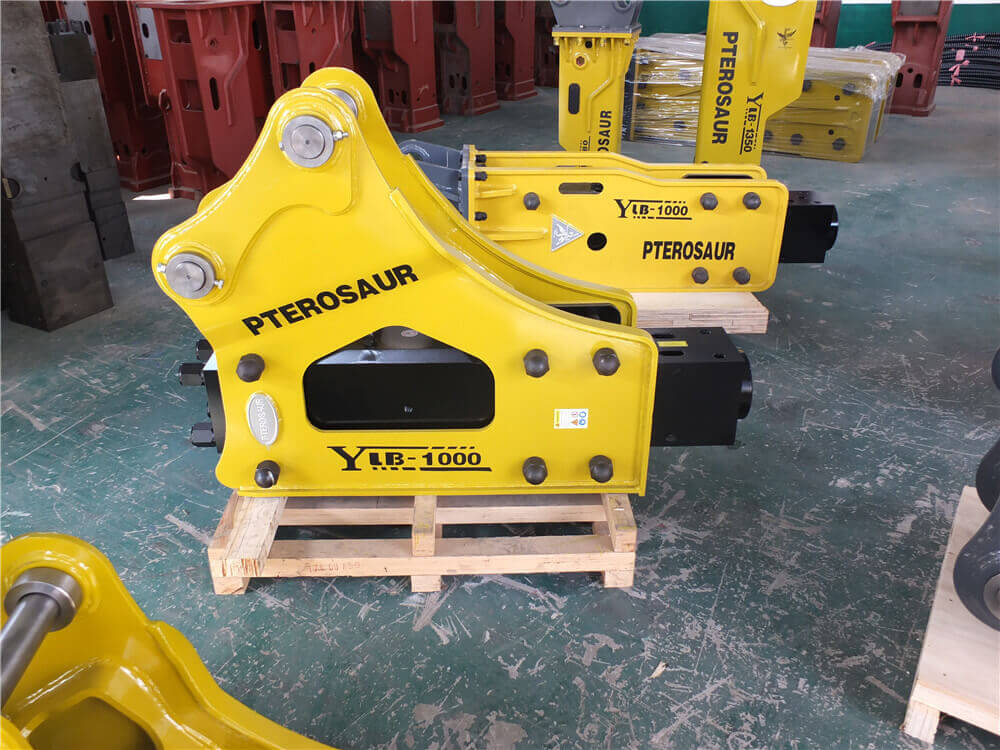Enhancing Efficiency with Bobcat Hydraulic Couplers
Bobcat Company is renowned for its robust and efficient machinery, particularly in the realm of hydraulic systems. Among the key components that enhance the versatility of Bobcat machines are their hydraulic couplers. This article explores the features and benefits of Bobcat hydraulic couplers, their applications, and maintenance tips to ensure optimal performance.
The Importance of Hydraulic Couplers
Hydraulic couplers are essential connectors in Bobcat machines, facilitating the linkage of hydraulic components and hoses. These couplers enable the seamless transfer and distribution of hydraulic power, allowing operators to quickly switch between various attachments such as buckets, augers, and breakers. This versatility is crucial in construction, landscaping, and agricultural applications, where time and efficiency are paramount.
Types of Bobcat Couplers
-
Hydraulic Coupler: The standard hydraulic coupler is designed for quick attachment changes. It boasts a double-locking mechanism that complies with ISO13031 standards, ensuring safety and reliability during operation. The robust yet compact design enhances the machine’s starting power.
-
Hydraulic Tilt Coupler: This innovative coupler allows for hydraulic attachment changes directly from the operator’s cab, providing ease and safety. It transforms excavators into tool carriers, enabling operators to handle various tasks without leaving their seats.
-
Mechanical Tilt Coupler: For those who prefer a manual approach, the mechanical tilt coupler allows for quick and secure attachment changes. This type of coupler is ideal for applications where hydraulic systems may not be necessary.
-
Flat Face Quick Couplers: Bobcat offers flat face quick couplers designed to minimize fluid spillage during connections and disconnections. Made from durable stainless steel, these couplers are resistant to leaking and can withstand harsh working conditions.
-
Diagnostic Coupler: Specifically designed for excavators, this coupler aids in diagnosing hydraulic system issues, ensuring operators can maintain their machines effectively.
Applications and Compatibility
Bobcat couplers are compatible with a wide range of equipment, including skid steers, excavators, and compact tractors. They are engineered to fit seamlessly with other brands such as Kubota, Caterpillar, and John Deere, making them a versatile choice for mixed fleets. This compatibility allows operators to maximize their equipment’s potential by easily switching attachments to suit different tasks.
Maintenance Tips for Bobcat Couplers
To ensure the longevity and reliability of Bobcat couplers, regular maintenance is essential. Here are some maintenance tips:
-
Inspect for Leaks: Regularly check for any signs of hydraulic fluid leakage around the couplers. If leaks are detected, it is advisable to replace the coupler rather than attempting repairs.
-
Clean Connections: Keep the mating surfaces of couplers clean to prevent dirt and debris from causing damage during connections.
-
Proper Storage: When not in use, store couplers in a clean, dry environment to protect them from the elements.
-
Follow Manufacturer Guidelines: Always refer to the Bobcat Company’s maintenance guidelines for specific recommendations on care and replacement of couplers.
Conclusion
Bobcat hydraulic couplers are integral to the efficiency and functionality of Bobcat machinery. Their design enhances operational safety and speeds up workflow in various applications. By understanding the different types of couplers available and adhering to maintenance best practices, operators can ensure their Bobcat equipment performs at its best, maximizing productivity on the job site. Whether you are a seasoned operator or new to Bobcat machines, investing in quality couplers will undoubtedly pay off in the long run.



































